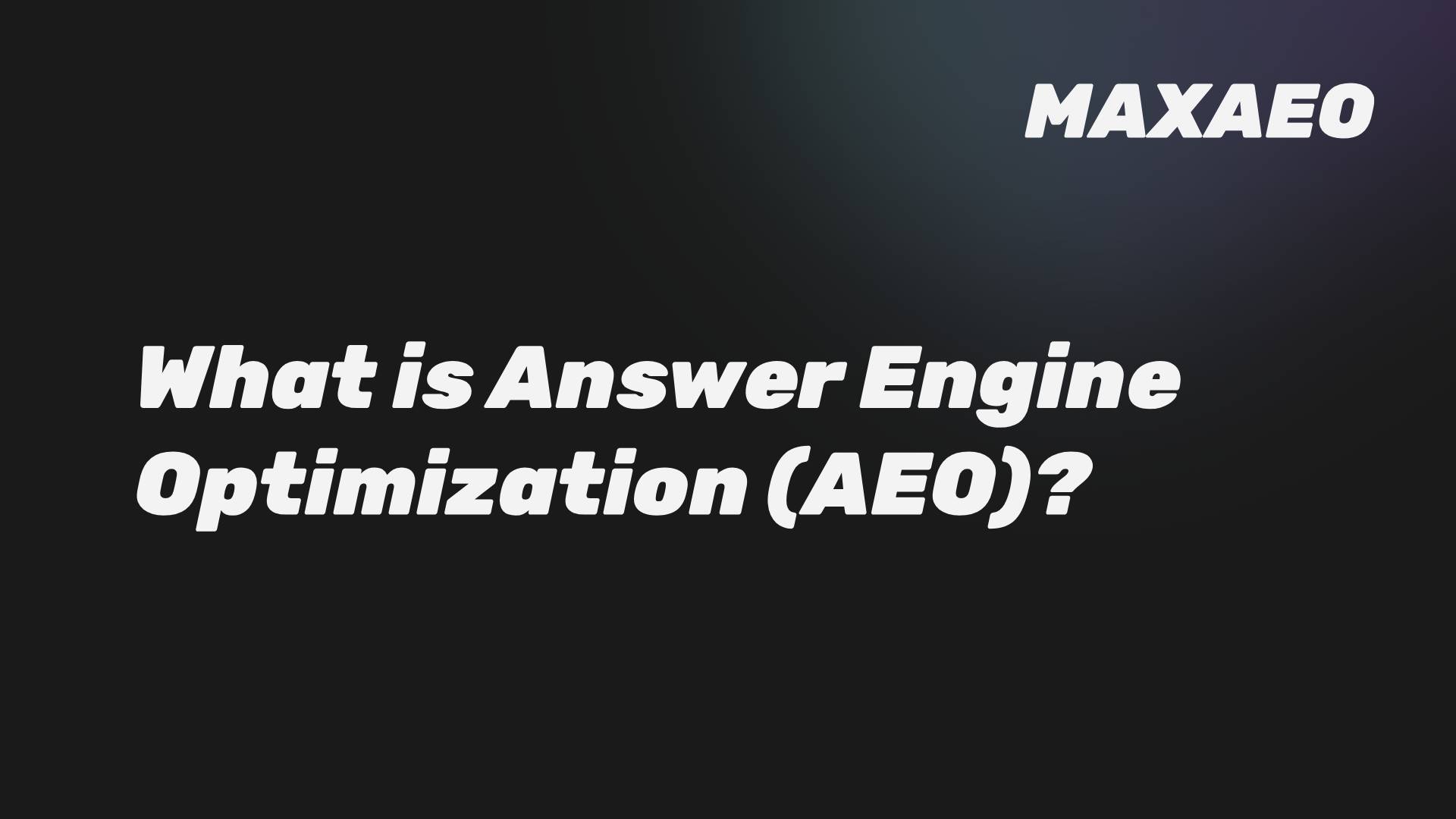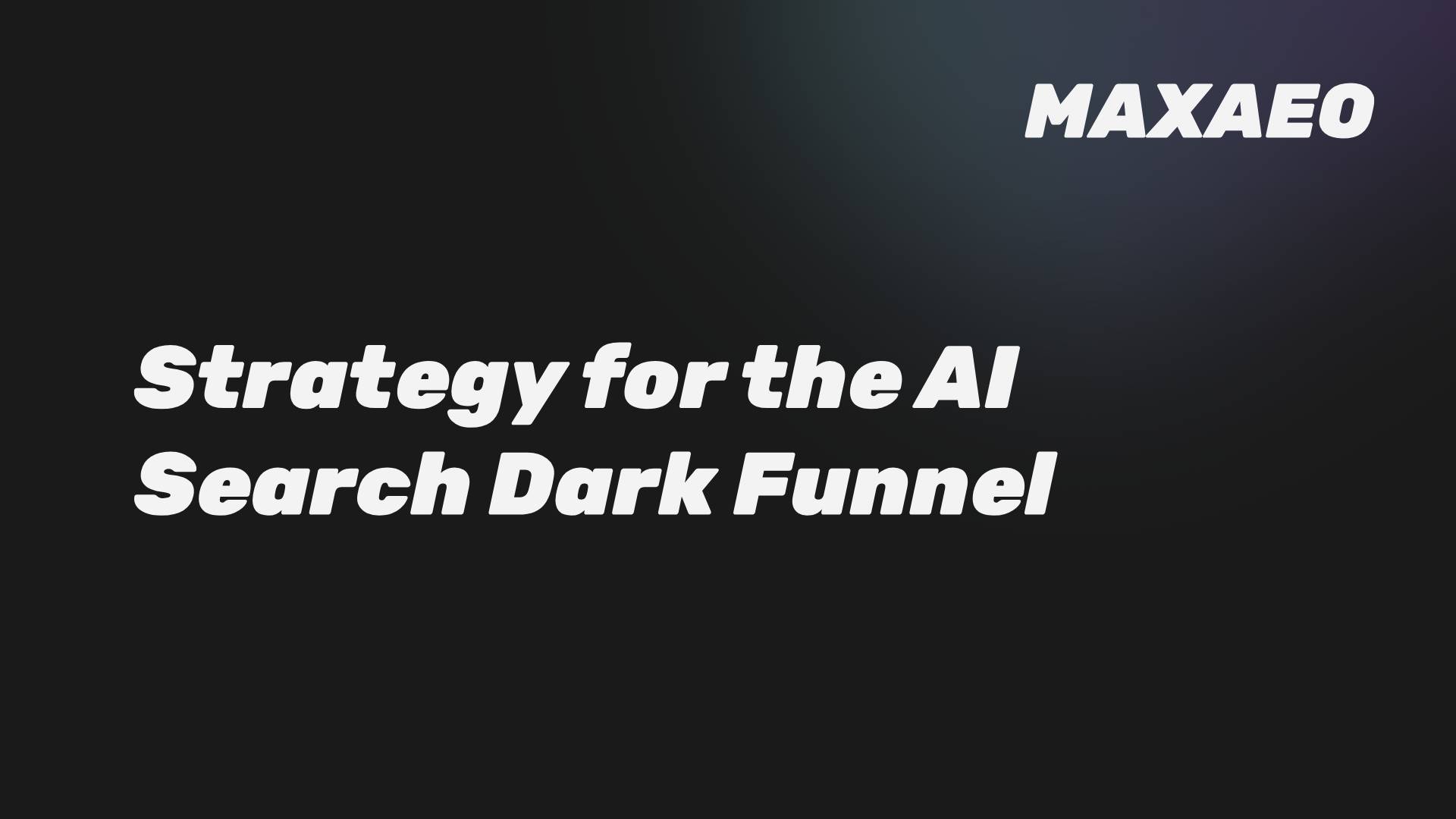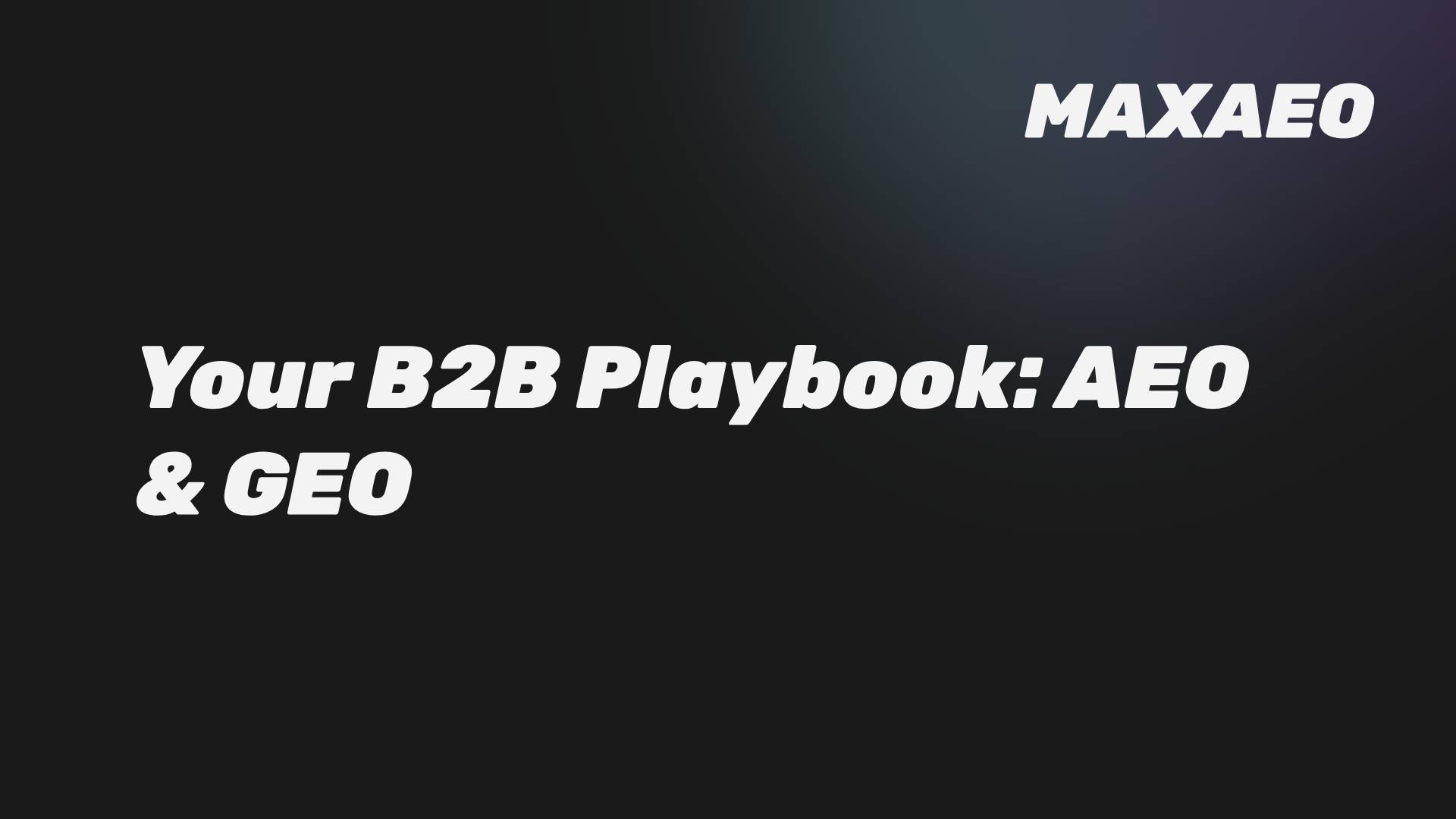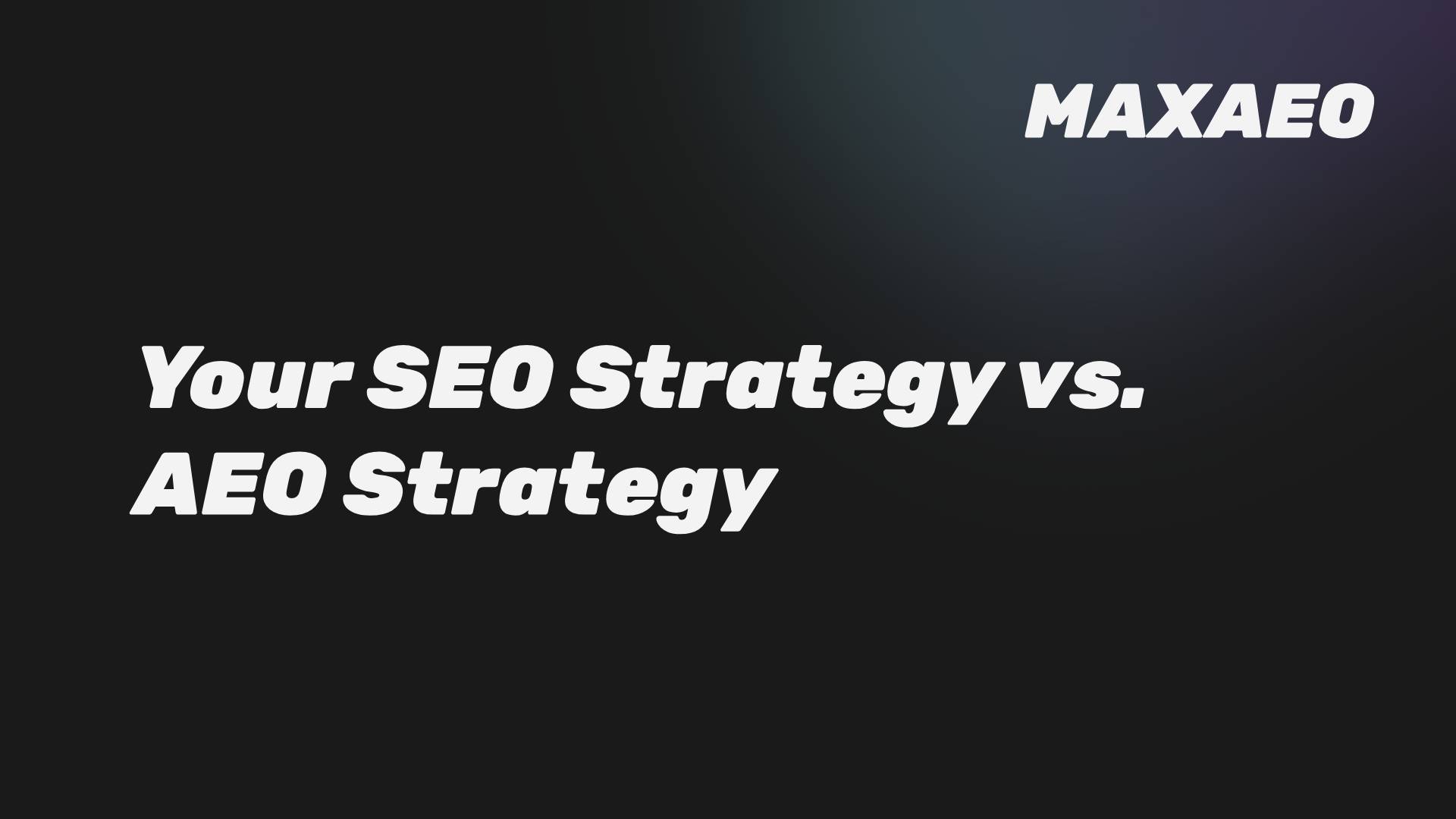· Anton Grant · Digital Marketing · 4 min read
AI vs. Traditional Search: 5 Strategic Differences for B2B Leaders
Your B2B strategy is outdated if it only targets traditional search. Learn the 5 critical differences between AI and traditional search and how they impact your marketing funnel, metrics, and ROI.
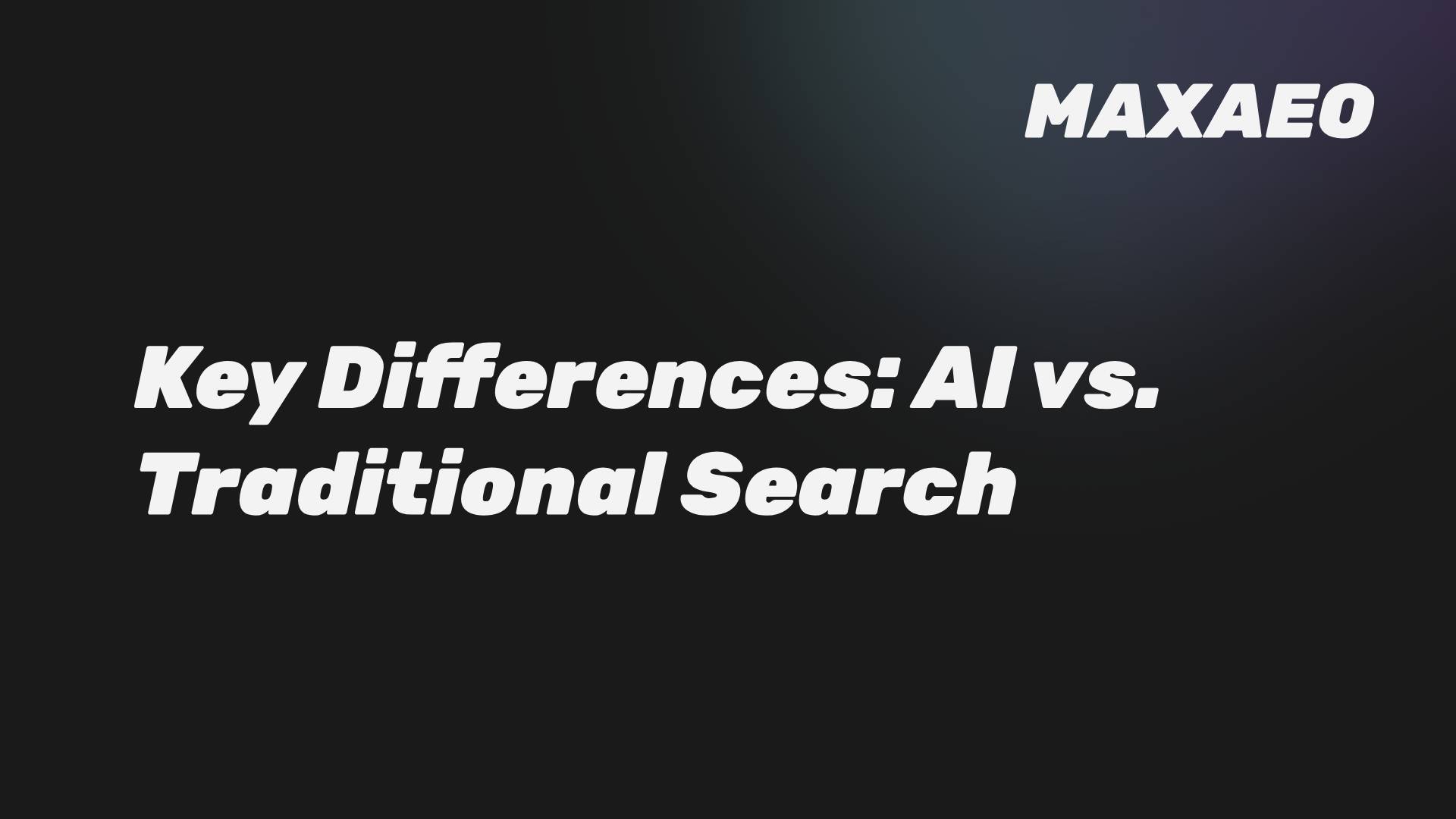
AI vs. Traditional Search: 5 Strategic Differences for B2B Leaders
For the last quarter century, the rules of B2B marketing have been clear: win at Search Engine Optimization (SEO), win the customer. That era is over. The emergence of Artificial Intelligence (AI) Search has fundamentally altered the landscape, and a strategy built for the old world is a blueprint for invisibility in the new one.
This guide is for B2B leaders who need to understand the five critical strategic differences between traditional search and AI Search. We will break down how these shifts impact your marketing funnel, your metrics, and your brand’s authority, providing the clarity needed to adapt and win.
1. The Output: A List of Links vs. a Single Answer
The most fundamental difference is the output. Traditional search engines provide a ranked list of links, empowering the user to conduct their own research. AI Search synthesizes information from multiple sources to provide a single, definitive answer, becoming the researcher on the user’s behalf.
This shift from a list to an answer is not just a change in user interface; it is a complete restructuring of the customer’s discovery journey. It is the primary driver behind the rise of zero-click searches, which now account for over 60% of all queries.
2. The Goal: Attracting Clicks vs. Influencing the Narrative
The strategic goal of traditional SEO is to optimize a webpage to rank highly and attract a click, driving traffic to an owned property. The business outcome is a website conversion.
The goal of AI Search optimization (AEO and GEO) is to influence the content of the AI’s answer. The goal is to have your brand’s data, perspective, and value proposition embedded in the narrative the AI creates. The business outcome is mindshare and authority at the point of decision.
3. The Core Tactic: Keywords vs. Authority Ecosystems
Traditional SEO is built on a foundation of keywords and backlinks. The core tactic is to align on-page content with specific search terms and acquire links to signal authority to the algorithm.
AI Search operates on a more complex model of trust. While keywords and links are still input signals, the algorithm’s decision of who to cite is based on a brand’s authority across a wide ecosystem. It looks for consensus and credibility signals from high-authority media, user-generated content on platforms like Reddit, and foundational knowledge sources like Wikipedia. A deep-dive on this is available in our GEO vs. SEO Playbook.
4. The Measurement: Website Metrics vs. Brand Influence
Measuring success in traditional SEO is straightforward: you track keyword rankings, organic traffic, click-through rates, and website conversions.
In AI Search, these metrics are insufficient because the critical user interaction often happens off-site. The new KPIs are metrics of influence:
- AI Share of Voice: How often is your brand mentioned versus competitors?
- Citation Frequency: How often is your content cited as a source?
- Sentiment Analysis: Is your brand’s portrayal positive and accurate?
5. The Funnel: A Linear Journey vs. a Collapsed Conversation
The traditional marketing funnel is a linear journey from awareness to consideration to action, often tracked across multiple website touchpoints.
AI Search collapses this funnel into a single interaction. A user can go from identifying a problem, to comparing solutions, to making a decision within one conversational thread with an AI assistant. This requires a strategy that positions your brand as the definitive answer at every stage simultaneously.
| Strategic Difference | Traditional Search (SEO) | AI Search (AEO/GEO) |
|---|---|---|
| Output | A list of links for user research. | A single, synthesized answer. |
| Goal | Attract clicks to a website. | Influence the narrative of the answer. |
| Core Tactic | Keywords and backlinks. | Building a cross-platform authority ecosystem. |
| Measurement | Website traffic and conversions. | AI Share of Voice and brand citations. |
| Funnel | Linear journey across multiple pages. | Collapsed journey in a single conversation. |
Conclusion
The shift from traditional to AI Search is not a tactical update; it is a strategic realignment. B2B leaders must recognize that the digital landscape now has two distinct operating models, and a strategy built for only one is incomplete. By understanding these five core differences, you can begin to adapt your marketing efforts, re-evaluate your metrics, and invest in the new disciplines of AEO and GEO.
The brands that will dominate the next decade are those that move beyond chasing clicks and start shaping the answers that AI provides.
Want to position your brand for the AI-driven market? Let’s talk strategy.
